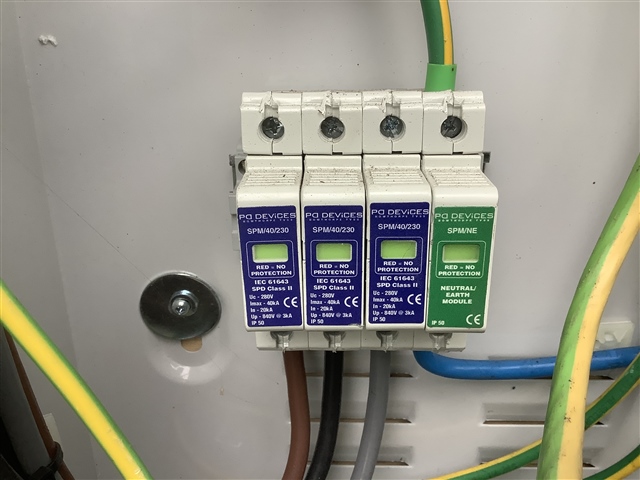We have talked a bit recently about positioning SPDs, but not how many need to be fitted.
534.4.4.2 says, "If the distance between the SPD and equipment to be protected (protective distance) is greater than 10 m, oscillations could lead to a voltage at the equipment terminals of up to twice the SPD's voltage protection level. Consideration shall be given to the provision of additional coordinated SPDs, closer to the equipment, or the selection of SPDs with a lower voltage protection level."
Earlier we have at 534.4.1.4, "Where the installation of SPDs is required by Section 443 [and no LPS is required], Type 2 SPDs shall be installed as close as possible to the origin of the electrical installation."
The scenario is main DB at the intake in the garage serving circuits in the outbuildings (and an EV at some stage in the future) with a distribution circuit to the house. Nothing in the garage is likely to require protection from surges save perhaps for PIR controlled external lighting. The distribution circuit is > 10 m.
The house DB will be changed soon, so adding SPD will not cost much in time or money, but adding it at the intake would be tricky.
So my question is will SPD in the house DB suffice? Or will it not work unless there is also one at the origin (suitably cascaded)?

